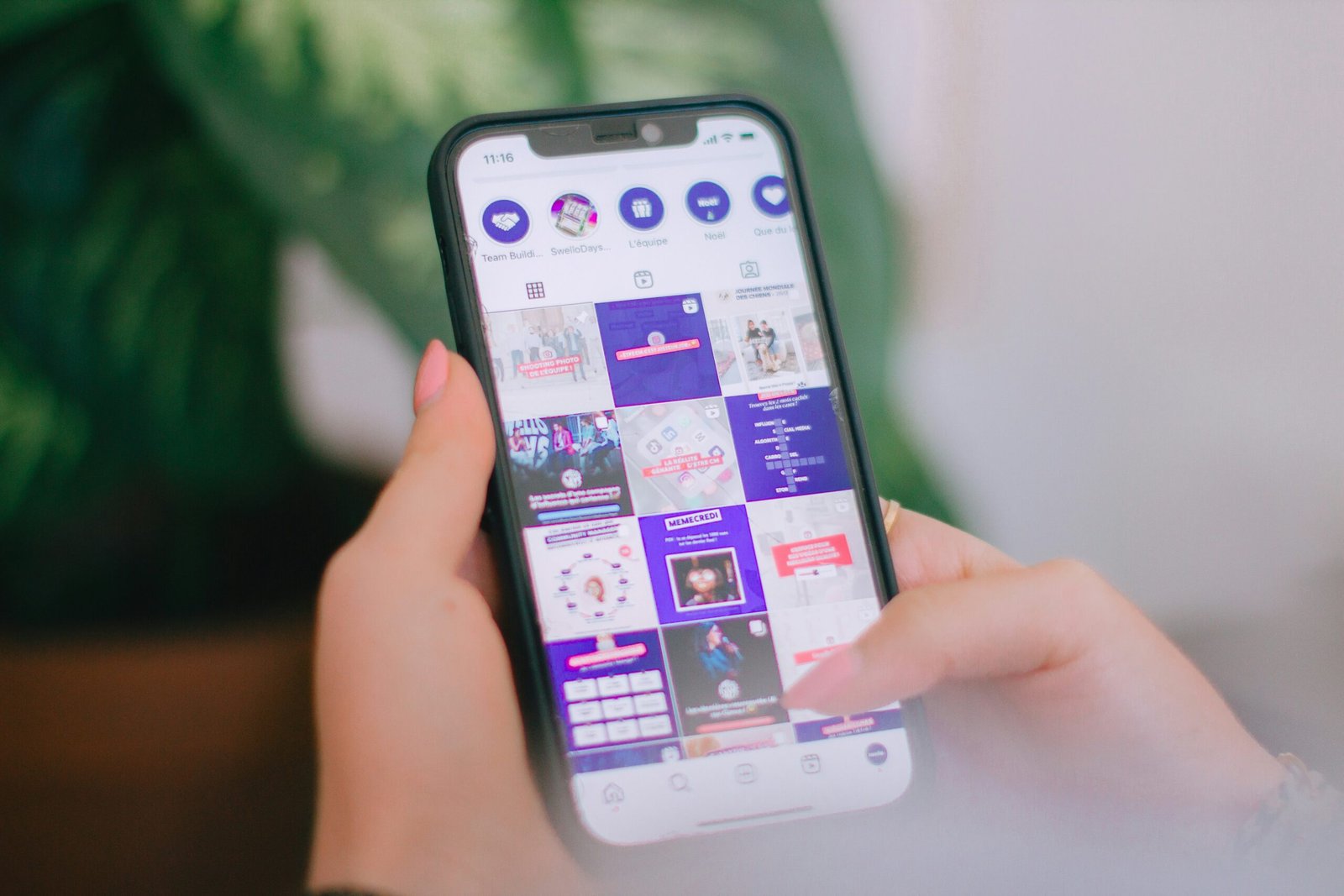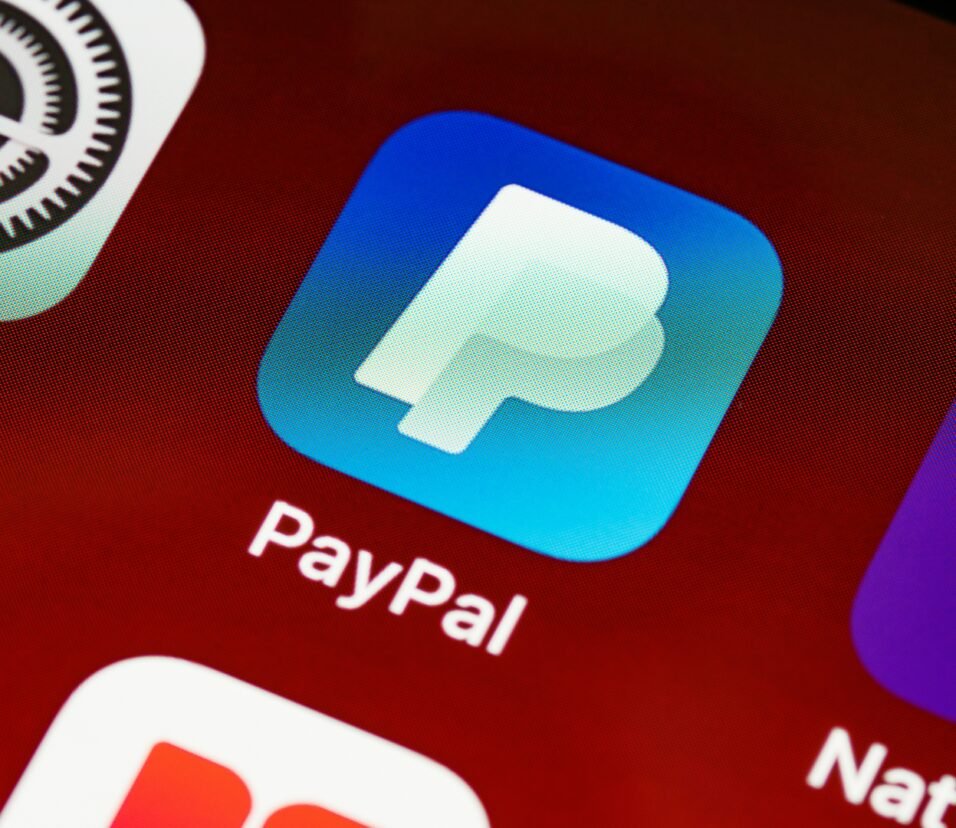How Subscription Models Are Changing the App Economy
Subscription-based models have revolutionized the app economy over the past decade, but by 2025, their impact has deepened and expanded beyond what many predicted. From streaming services to productivity tools, gaming, and even niche apps, subscriptions have reshaped how developers generate revenue, how users access content, and how the entire ecosystem evolves.
In this post, we’ll explore the rise of subscription models in the app economy, why they work, their benefits and challenges, and what the future holds for this transformative business approach.
🔄 The Shift to Subscription Models: What’s Driving It?
1. Steady Revenue Stream for Developers
One-time purchases provide a quick revenue boost but little long-term stability. Subscriptions offer predictable, recurring income that fuels sustained growth, ongoing updates, and better support.
2. User Preference for Access Over Ownership
Many users now prefer paying monthly or yearly for ongoing access to evolving content and features rather than a one-time purchase with no updates.
3. Lower Entry Barriers
Subscription models often offer free trials or low-cost entry plans that encourage users to try an app without a heavy upfront cost.
4. Continuous Value Delivery
Developers are incentivized to keep improving apps, releasing fresh features, content, and personalized experiences to retain subscribers.
💡 Popular Subscription Models in 2025
| Model Type | Description | Examples |
|---|---|---|
| Freemium with Premium Tier | Free basic features + paid advanced features or content | Spotify, LinkedIn, Evernote |
| Content Subscription | Access to exclusive content libraries | Netflix, Audible, Kindle Unlimited |
| Software as a Service (SaaS) | Cloud-based software with ongoing updates | Adobe Creative Cloud, Microsoft 365 |
| Game Passes & Battle Passes | Time-limited access to game content or perks | Xbox Game Pass, Fortnite Battle Pass |
| Micro-Subscriptions | Very low-cost subscriptions for specific features | Language learning apps, fitness coaching |








